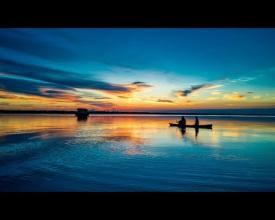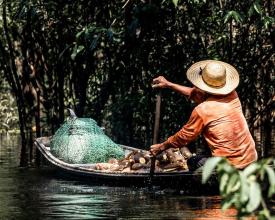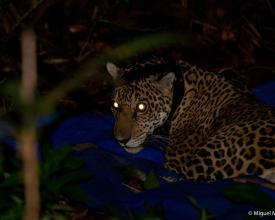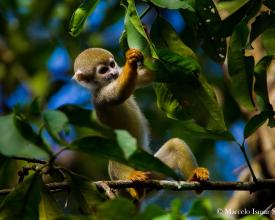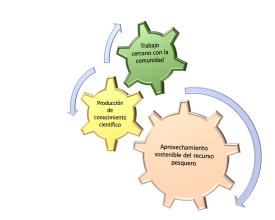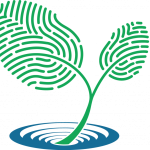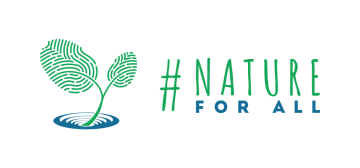
Mamirauá Reserve for Sustainable Development - Working with Indigenous communities in the Amazon
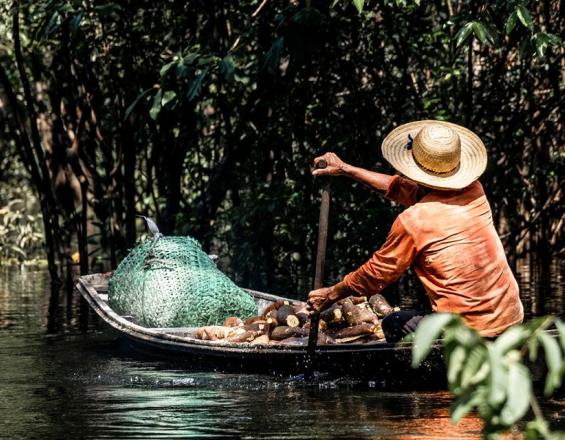
The Mamirauá Institute for Sustainable Development was created in 1999 to provide science, technology and innovation to communities in the Amazon region. This is done with a high level of ethics and responsibility, respecting their traditional knowledge.
The Institute is responsible for the creation of the Mamirauá Reserve. With 1,240,000 hectares, the reserve has the largest wetland area on the planet and is the first Sustainable Development Reserve (IUCN category 6) in Brazil.
In recent decades, Mamiraua has been over-exploited by private companies, so the Institute works closely with local communities to ensure the sustainable use of fisheries resources.
Context
Challenges addressed
The most important challenge presented by the region is the monopolization of the companies for making use of the fishing resource and the deep understanding of the worldview of the local communities with a view to implementing a sustainable fishing program that respects their ways of working.
Location
Process
Summary of the process
The Institute seeks to ensure the conservation and development of the communities that make up the Amazon through the three pillars described where the common factor is working closely with the communities.
It is the closeness to the community that gives rise to respect and trust, which allows research to be carried out and knowledge to be generated jointly, which in turn serves as input for communities to make decisions. This same closeness creates an understanding of the actual needs of the communities and facilitates working together to develop and implement eco-technologies that help solve some of the problems faced by the communities.
Building Blocks
Working closely with the community
Working closely with the community respects the diversity of traditions, acknowledging elements of a backward nature.
The community work must begin with the interests and needs of the community itself; the work should act as the protagonist in the solution to problems.
The purpose of the governance processes that the Institute applies is to facilitate communication processes between the organization and the communities, using methodology based on inclusive management workshops.
Enabling factors
- In the Brazil region, it is known that nature conservation is 90% related to local communities. Bearing this in mind, the Institute is building relationships and creating a long-term work plan.
- The bonds of trust that are established with the communities are crucial to being able to work closely with them.
- Government governance processes
- Governance processes in indigenous and community-based conservation areas.
Lesson learned
- Several organizations have participated in initiatives in an effort to ensure conservation in and development of communities. However they have not been able to do so because they have not been able to understand and respect the communities.
- Various organizations still do not understand that 90% of conservation projects involve communities and indigenous peoples
- It is important to work hand in hand with government governance processes; effective management of the territory will be achieved by involving stakeholders.
Production of scientific knowledge
The Mamirauá Institute provides scientific knowledge inputs to local communities and this is relayed to communities and indigenous peoples, applying Conservation Area governance processes.
This knowledge arises from 4 lines of action:
- Environmental education
- Environmental protection
- Strengthening the community
- Communication within the community
The production of knowledge seeks to create medium and long-term solutions.
Enabling factors
- Respect and dialogue: The knowledge generated is given to the communities but not imposed on them. They are the ones who decide whether the proposed strategies are implemented.
Lesson learned
- Each community and group is different and one should never assume that what works for one community will work for the neighbouring community. (These are not replicable models.)
- Contexts, leadership and ways of working vary. If these differences are not taken into account, conservation processes become complicated and even impossible to develop.
Eco-friendly technologies
There is a growing consensus about the need for and possibility of directing research and innovation efforts towards achieving conservation using eco-friendly technologies.
The Institute uses technology for development mainly for facilitating key processes in the communities and addressing climate change. However, there is consultation with the communities and indigenous peoples, as they are the ones who have the last word when implementing these projects.
Enabling factors
- Alliances with companies and/or organizations that provide technology.
- Feedback from those who choose to implement the technology for an ongoing improvement process.
Lesson learned
- With respect to the other pillars, consultation with communities is essential to obtaining and using technologies.
Impacts
- The communities of the Mamiraua Reserve possess technical and scientific information for decision-making purposes.
- The reserve has a sustainable fishing program.
- The conservation work in Mamiraua ensures the conservation of the most important and biodiverse marshland on the planet.
- There are more than 300 professionals actively working in conservation in this region.
Beneficiaries
- Communities of the Mamirauá Sustainable Development Reserve.
- Nearby cities that depend on water resources.
- The nation of Brazil that depends on the conservation of forest cover to ensure environmental services.
Sustainable Development Goals
Story
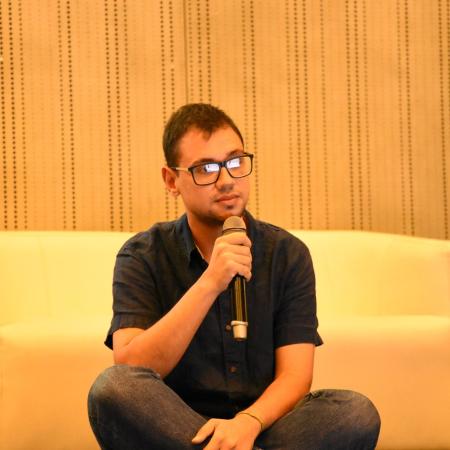
The work done in Mamiraúa is known by many people thanks to Luciano Regis, a young and passionate leader, who cherishes the biodiversity of Brazil and is committed to conservation in his country, which ranks first in the world in terms of biodiversity. His work has provided him with the opportunity to get to know the communities living in Mamirauá, their traditions, their way of life and their connection to conservation. They have inspired him to undertake developmental activities to promote local development and conservation.
His work led him to join RELLAC – Youth, an organization composed of professional young people in Protected Natural Areas in Latin America and the Caribbean, where with leadership he managed to strengthen a youth network for conservation in Brazil.
Luciano and the youth of RELLAC are a role model for #NatureForAll, a global movement whose mission is to inspire love for nature.

